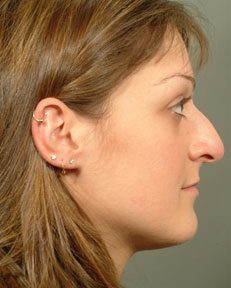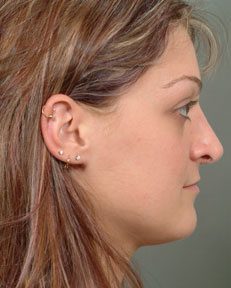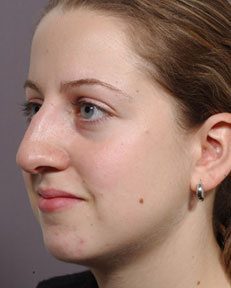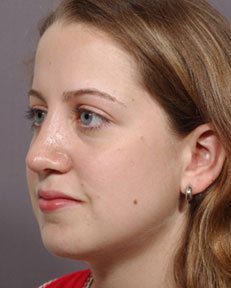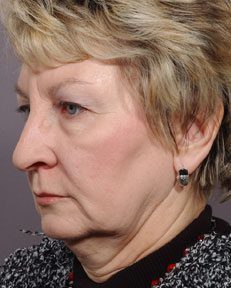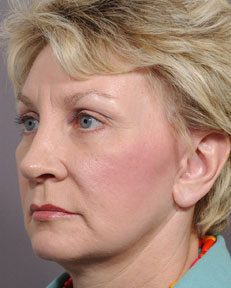Nasal surgery, or a rhinoplasty, is commonly performed for several reasons, including to correct breathing issues, address trauma or birth-induced disfigurement or for cosmetic reasons. Recreating the human nose is possibly one of the most difficult challenges facing reconstructive surgeons. Nasal surgery specialist Dr. Kenny Rodriguez of Cedar Valley ASCENT understands it is one of the most important structures on the body for facial identity and appearance. Choosing to undergo nasal surgery is an important process as is deciding on the structure and shape of a new nose. Dr. Rodriguez will discuss a patients goals for the surgery as well as facial areas to be enhanced and surgical risks, recovery and costs. Once the rhinoplasty surgery is complete, patients often recover over a multi-week period, after which they are able to return to normal activities without prominent indicators that they underwent nasal surgery.

